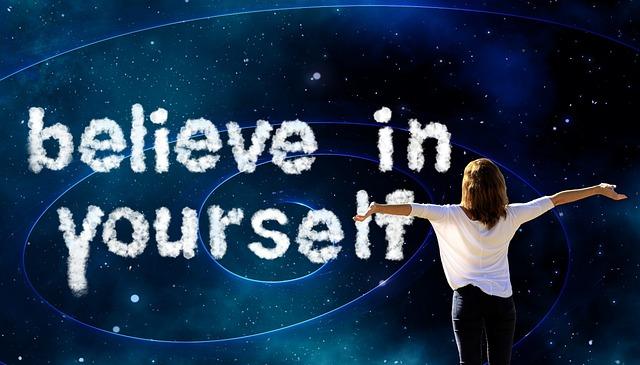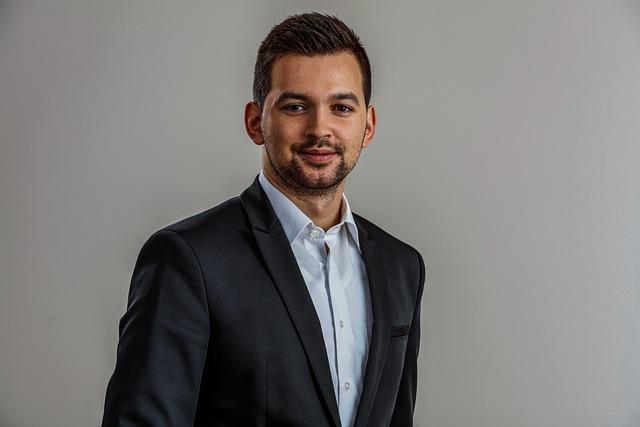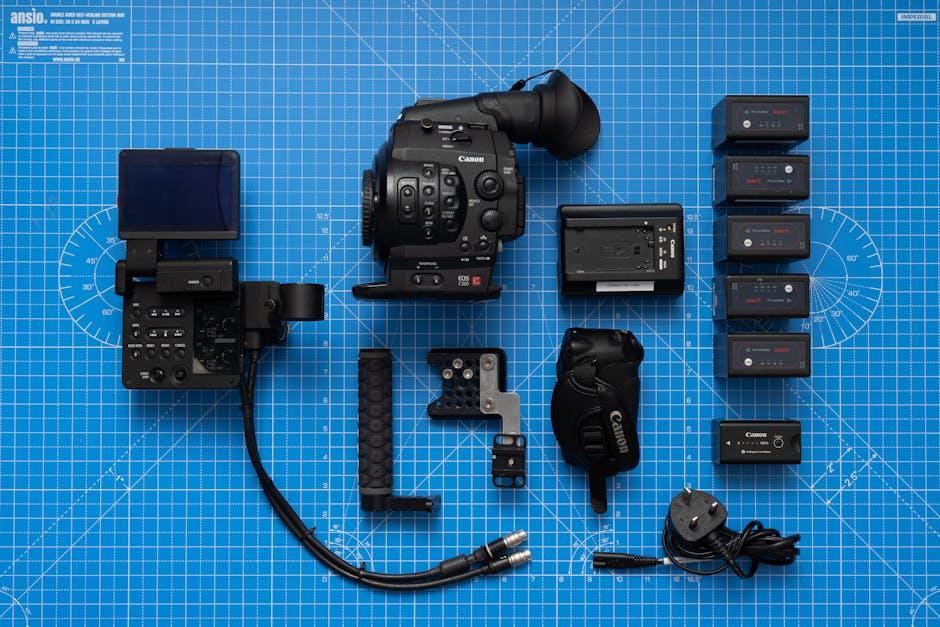In the realm of cinematic storytelling, the art of adaptation is a complex dance between the written word and visual representation. At the heart of this transformation lies the actor, tasked with the formidable challenge of breathing life into beloved literary characters. This process is not merely about recitation or mimicry; it demands a profound understanding of the source material, an intuitive grasp of the character’s essence, and an ability to translate nuanced emotions onto the screen. In this article, we delve into the intricate methodologies actors employ to inhabit these roles, exploring how their interpretations can redefine narratives and resonate with audiences, ultimately bridging the gap between page and performance with authenticity and depth. Character Motivation and Backstory“>
Character Motivation and Backstory“>
Understanding Character Motivation and Backstory
Actors delve into the depths of a character’s psyche by uncovering the intricate layers of motivation and backstory. This process involves a meticulous examination of the character’s past experiences, desires, and fears. By asking critical questions—such as what drives the character’s decisions or what pivotal moments have shaped their worldview—actors create a rich tapestry of emotions and intentions. This not only enhances authenticity but also ensures that the character’s journey resonates with the audience.
- Research: Actors often study the source material extensively, seeking clues about the character’s history and emotional triggers.
- Imagination: Filling in the gaps left by the text, actors use their creativity to construct a believable backstory.
- Empathy: By putting themselves in the character’s shoes, actors connect personally, bringing depth and nuance to their portrayal.
This comprehensive approach transforms literary characters from mere words on a page into living, breathing entities on screen, allowing audiences to fully immerse themselves in the narrative.
Mastering Physicality and Vocal Techniques
Transforming words on a page into a living, breathing character requires actors to harness both their physicality and vocal prowess. Physical embodiment involves an acute awareness of body language, posture, and movement, which collectively convey a character’s emotions and intentions. An actor might adopt a unique gait or a specific gesture that aligns with the character’s traits, creating a visual narrative that complements the dialogue. Vocal techniques are equally crucial; actors manipulate pitch, tone, and rhythm to capture the essence of their character’s voice. This vocal transformation is often achieved through rigorous training and a deep understanding of the character’s background and psychological profile.
- Body Language: Communicates emotions without words.
- Vocal Variation: Reflects the character’s emotional journey.
- Facial Expressions: Provides insight into the character’s thoughts.
- Gesture Specificity: Adds layers to the character’s personality.
Actors must seamlessly blend these elements to ensure authenticity and resonance. This dynamic interplay between physicality and voice not only breathes life into the character but also bridges the gap between the literary world and its cinematic representation.

Collaborating with Directors and Screenwriters
In the transformative journey from page to screen, actors often find themselves at the crossroads of collaboration with directors and screenwriters. This dynamic partnership is essential for breathing life into literary characters. Directors guide actors in understanding the visual and emotional landscape of the film, offering insights into the character’s arc and how it aligns with the overall narrative. They work closely with actors to ensure that performances resonate with the intended tone and vision of the adaptation.
Screenwriters, on the other hand, provide the foundational dialogue and scenarios that actors must inhabit. Collaborating with them allows actors to delve deeper into the character’s motivations and subtleties. This collaboration often involves:
- Interpreting dialogue to capture the essence of the character as written.
- Exploring backstory that may not be explicitly outlined in the script.
- Suggesting adjustments that may enhance authenticity or emotional impact.
Through these interactions, actors not only bring characters to life but also enrich the narrative tapestry, ensuring that the final portrayal is both faithful to the source material and vibrant on screen.

Balancing Fidelity and Creative Interpretation
When actors take on the challenge of portraying beloved literary characters, they walk a fine line between staying true to the source material and infusing their own creative nuances. Fidelity to the original text ensures that the essence of the character is preserved, satisfying the expectations of die-hard fans. This often involves meticulous research, such as studying the character’s dialogue, mannerisms, and motivations as described by the author. Yet, strict adherence to the text can sometimes stifle an actor’s artistic expression, leading to performances that feel more like imitations than authentic interpretations.
On the other hand, creative interpretation allows actors to breathe new life into characters, offering fresh perspectives that can resonate with modern audiences. This might involve:
- Exploring the character’s backstory to add depth.
- Adapting mannerisms to fit contemporary settings.
- Emphasizing different emotional facets not highlighted in the book.
Striking the right balance between these two approaches requires a nuanced understanding of both the character and the story’s thematic core. Ultimately, successful adaptations hinge on an actor’s ability to honor the original while simultaneously crafting a portrayal that feels both innovative and authentic.

